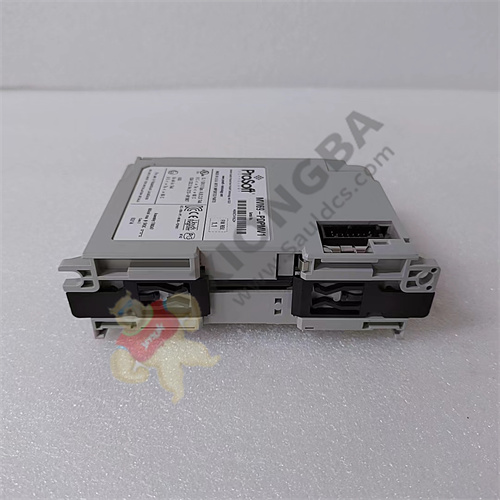The vigorous development of the digital economy has played an important role in promoting the growth of China’s data center industry. Data from the China Academy of Information and Communication Technology show that in 2022, the scale of China’s digital economy exceeded the 50 trillion yuan mark for the first time, and the proportion of digital economy in GDP increased to 41.5%. The acceleration of the digitization process has promoted the rapid growth of the construction of data centers and digital infrastructure. In particular, the national level of computing power supply to enhance action and technology enterprises on the demand for intelligent computing to further stimulate the growth of supercomputing centers, intelligent computing centers and other new data centers, it is expected that by 2025, China’s computing power scale will exceed 300 EFLOPS, of which intelligent computing power accounted for 35%, the market growth potential is huge.
At the industrial policy level, the trend of integration of energy and computing power continues, making the impact of energy on data centers increasingly pervasive. According to the plan, by 2025, the average power utilization efficiency of new large and super-large data centers in the country should be reduced to below 1.3, and the national hub node should be further reduced to below 1.25. At the same time, the level of green energy utilization in data centers will continue to improve, and the proportion of renewable energy such as solar and wind energy in the energy supply of data centers will increase rapidly.
At the level of market trends, the emergence of generative AI this year has made the demand for intelligent computing grow by leaps and bounds. Over the past 20 years, data center demand growth has been driven by storage and general purpose computing, as well as the migration from on-premises to the cloud. In the future, AI will become the biggest driving force for the development of data centers, and the training and reasoning of large models will put higher computing power requirements on intelligent computing. According to IDC’s forecast data, by 2030, the average annual growth rate of China’s intelligent computing power will reach 62%, which will bring about a huge change in the growth structure of future computing power together with supercomputing. In the next five years, AI will drive the growth of data centers and edge computing, respectively, at a rate of 2-3 times that of traditional data centers.
First, to improve the resilience of the data center. In the intelligent computing center, the continuous computing power demand brought by large model training makes the peak-to-average ratio of data center load close to 1. In this context, in order to reduce the impact of unplanned outages, the protection selectivity of data center power distribution becomes particularly important. Schneider Electric believes that the protection selectivity of data center power distribution needs to be examined from the perspective of the full life cycle of the design phase, the construction phase and the operation phase.
In addition, power supply disruptions caused by equipment failures remain the leading cause of data center outages today. Ensuring the toughness of individual equipment and the sensitivity of monitoring equipment remains the key to ensuring the resilience of the data center. For the current 2N architecture commonly used in data centers, there is still room for further improvement in the stable reliability of products and technologies. Building strong and intelligent power distribution and helping intelligent operation and maintenance is an effective way to solve this problem. Data center planners can use ETAP digital software to assist in the design of power distribution systems, reducing the computational workload and workload caused by the many layers and complex operation of power distribution systems.
Second, to improve the efficiency of the data center. The high density computing power brought by generative AI requires a higher power density computer room to ensure. Data center efficiency includes effectively optimizing cost, speed of deployment, and use of space to help enterprises optimize capital structure and cash flow.
 中文版
中文版





